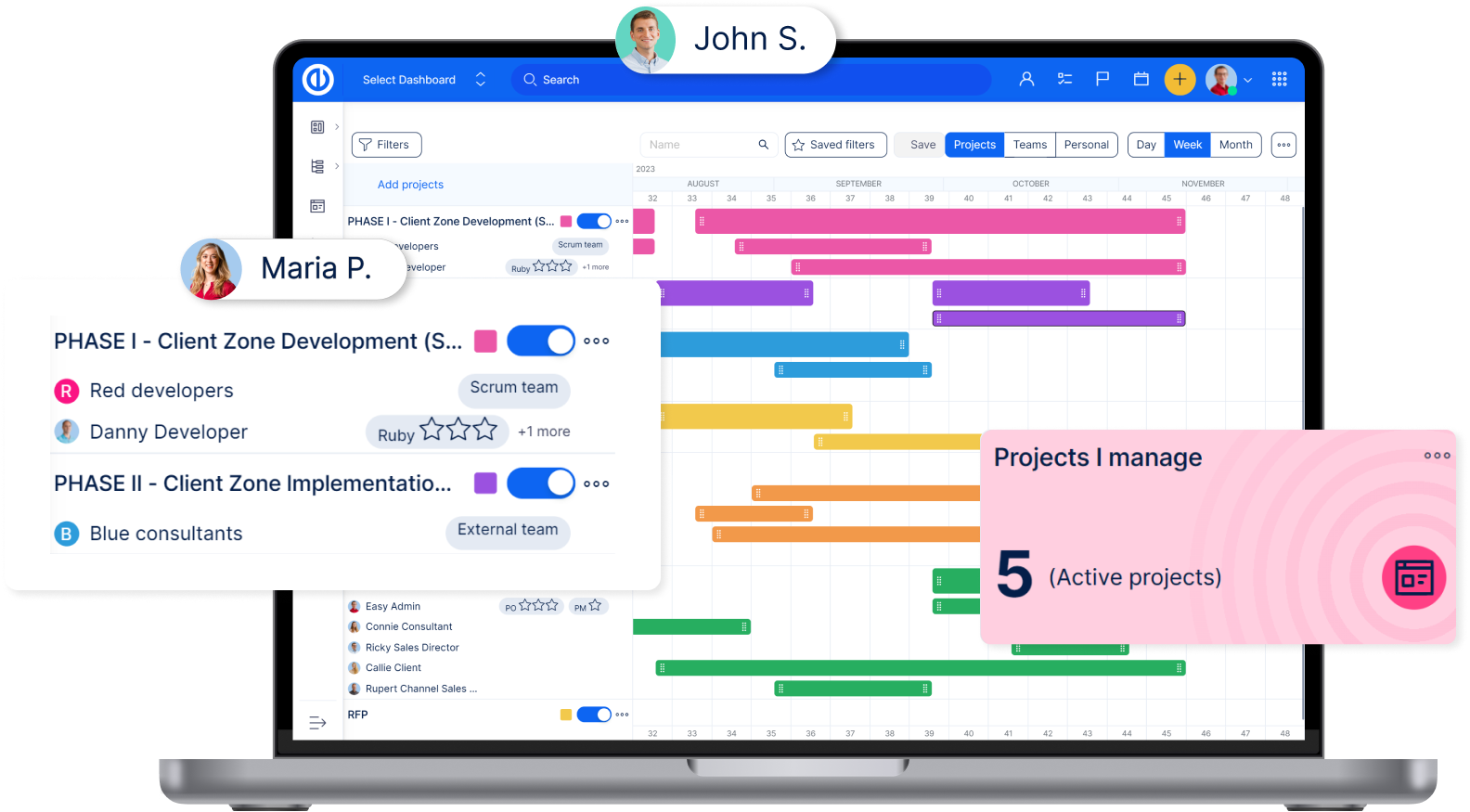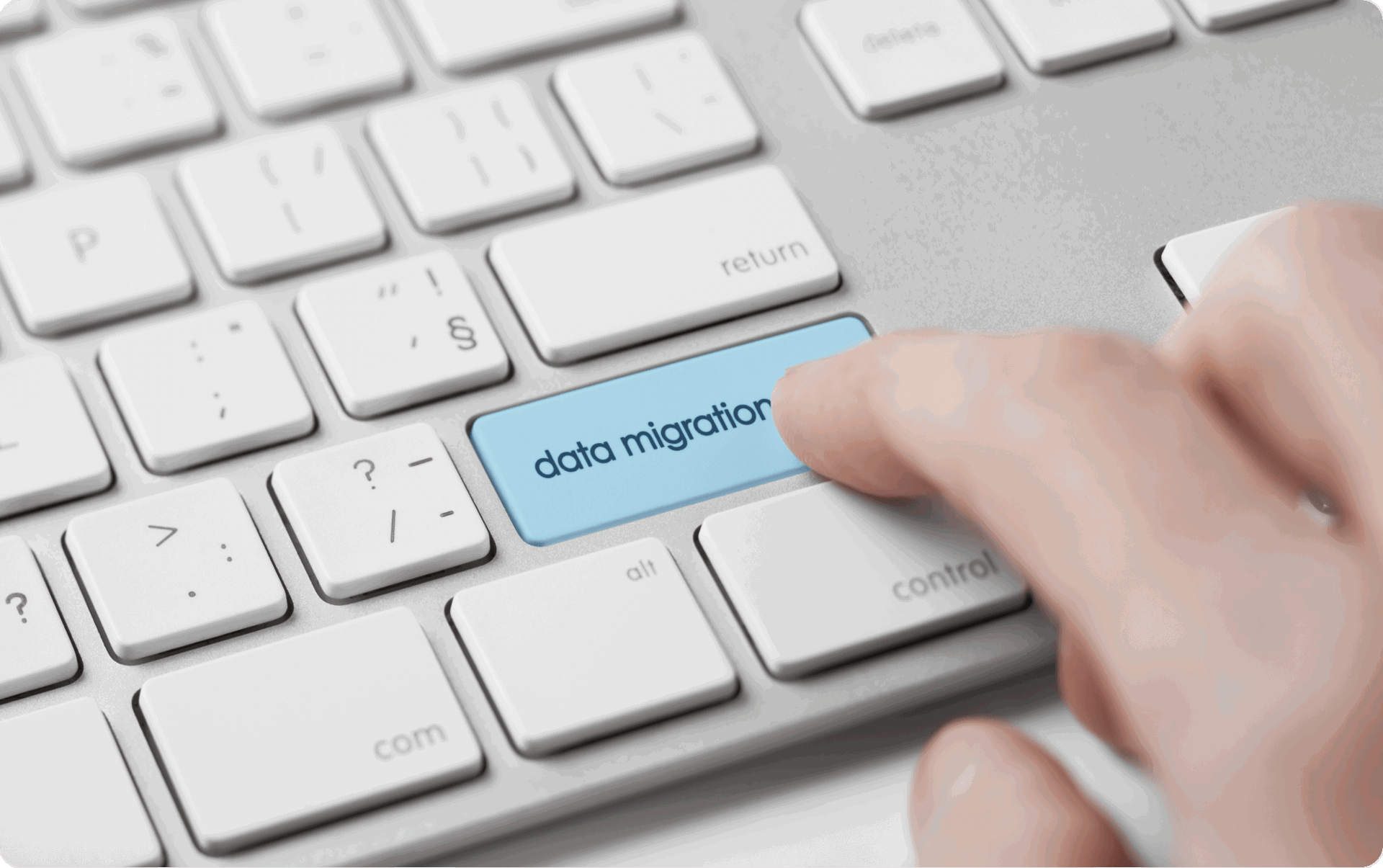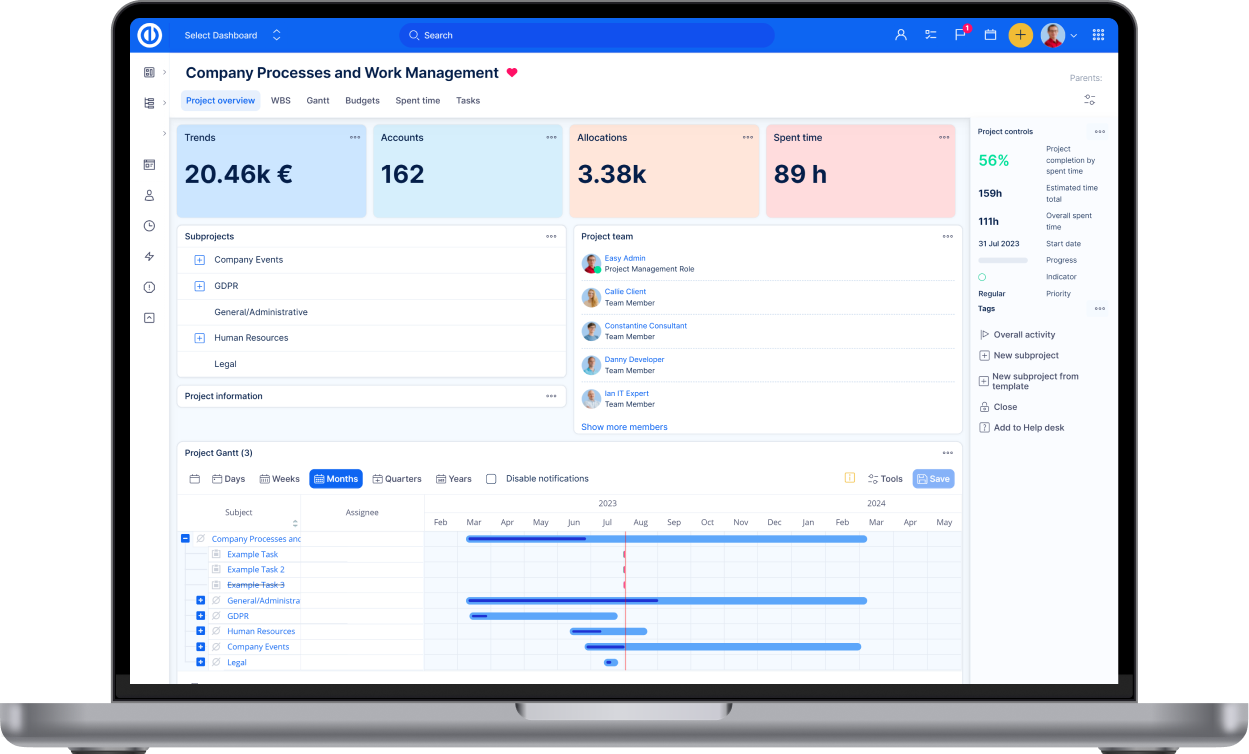What are the critical risks in Jira data migration
The decision to transition from a project management software like Jira to a different platform is not made lightly. The migration process involves not just the movement of data, but a complete transformation of work processes and infrastructure. No wonder some users may find the task daunting.

Table of contents
After the end-of-support for Jira Server: Jira data migration
Avoid downtime in Jira data migration
1. Data consistency
2. Upgrading to the latest versions
3. Testing environment
4. Resources optimization
Mitigate risk: Migrate from Jira to Easy Redmine
TL;DR
Migrating from Jira to another tool like Easy Redmine carries risks such as data inconsistency, version compatibility, inadequate testing environments, and poor resource planning—but with the right preparation and Easy Redmine’s structured migration process, these challenges can be effectively managed.
After the end-of-support for Jira Server: Jira data migration
When Atlassian officially ended support for Jira Server in early 2024, many organisations found themselves under pressure to adopt Atlassian’s preferred alternatives—either Jira Cloud or the Data Center edition.
However, not every company could make that shift easily. Concerns about GDPR, internal security policies, and on-premises IT standards made migration to the cloud either impossible or undesirable.
As a result, many teams started exploring other options that could meet their specific operational and compliance needs while maintaining control over their data. Some users who initially tried to stay with Jira Cloud or the Data Center edition eventually ran into limitations, prompting them to consider alternatives altogether.
Avoid downtime in Jira data migration
Migration to a new tool, though necessary, isn’t always straightforward. It comes with risks—from data loss and downtime to user adoption hurdles. To avoid disruption, it's crucial to understand these challenges and prepare carefully for the transition.
1. Data consistency
One of the primary risks in a Jira data migration lies in maintaining data consistency. The migration process involves not just transferring raw data, but also catalogs/entities such as task types, statuses, and custom fields. These elements are crucial for the operation of your project management tool, and each must be appropriately mapped to corresponding entities in the new system.
Failure to maintain data consistency can lead to the loss of vital information, incorrect data representation, and potential workflow disruptions. As such, it is crucial to plan the mapping of these entities carefully. Before the migration, a thorough cleanup and review of these entities is highly recommended to prevent errors during and after the transition.
2. Upgrading to the latest versions
To benefit from the latest patches, fixes, and features of the new project management tool, data migration should ideally take place to the latest stable version of the tool. However, this necessitates a careful review of the technological compatibility of your existing data with the new system.
This upgrade process can be challenging and risky as it might potentially lead to compatibility issues and data loss if not correctly managed.

3. Testing environment
The migration process typically involves the initial testing migration, followed by the final migration before going live. The testing migration serves as a crucial preparatory stage, where potential issues can be identified and resolved before they affect the actual migration.
However, creating a testing environment that accurately replicates the production environment poses a challenge. It must be perfectly in sync with the production environment to ensure the validity of the test results. If discrepancies exist between the two environments, issues might go undetected during testing, only to emerge during the final migration.
4. Resources optimization
Every project management software has its unique resource configuration—including CPU, RAM, and HDD. These resource configurations can significantly influence the performance of the application post-migration.
To maintain the same application response times after the migration, it's crucial to analyze the level of resources required relative to the quantity of data being migrated.
Poor resource optimization can lead to:
- decreased performance,
- slower response times, and ultimately,
- negative impact on productivity.
Therefore, careful resource planning and optimization is a critical step in the migration process.

Mitigate risk: Migrate from Jira to Easy Redmine
Migrating from Jira to a new project management tool like Easy Easy Redmine involves certain risks, but with proper planning, data consistency, updated systems, and a testing environment, these can be managed smoothly. Understanding potential challenges and optimising resources helps ensure a successful and efficient transition.
That's why we've made Jira core data migration an integral part of the platform transition process from Jira to Easy Redmine. We've designed a clear, three-step migration process—enumerations migration, interim configuration and customization, and data import—to ensure a seamless transition.
With our approach, you can be confident of what to expect, making the migration journey smoother and less daunting. Contact our sales team to provide you with more information!

All-in-one software for a modern project manager? Easy.
Get all powerful tools for perfect project planning, management, and control in one software.



